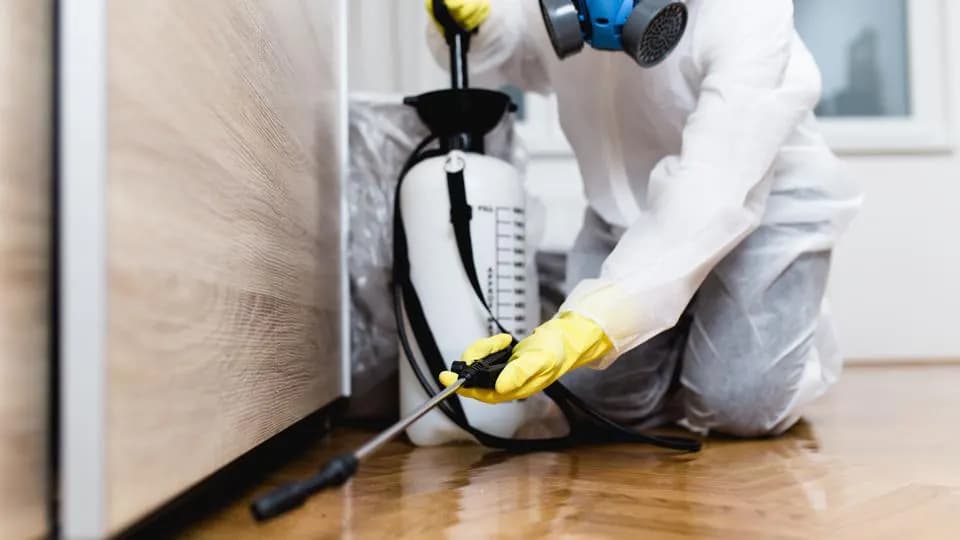
Why should you grow your cannabis? Deciding to grow weed at home is a great way of cutting costs and controlling the variety of marijuana you want to consume. Although many people consume marijuana, most of them don’t grow it and are missing out on its benefits. If you live in a country where it is legal to grow weed, there is no reason why you shouldn’t try. Autoflowering cannabis has become popular among farmers due to various reasons. It is easy to grow, it doesn’t follow the light and darkness regime, and you get quality outputs.
What is Autoflowering Cannabis?
Autoflowering cannabis is a cannabis plant that can produce flowers despite the amounts of light and darkness. These plants produce flowers and buds based on the growth and size of the plant. Since they don’t follow the light regime, you can harvest them several times under a single season. Most plants are ready for harvest in 10 weeks or less irrespective of the amount of darkness or light that they receive. Due to this feature, they are suitable for growing both outdoors and indoors.
How Can I Grow Autoflowering Cannabis Outside?
Many people like to grow plants outside, and they may not prefer growing them indoors. If this is you, then, Autoflowering cannabis is still a great option since you can grow it in your balcony or the garden. The plants grow well in both cold and warm climates. Growing this variety outside is simple and doesn’t require any specific skill. Here are the steps:
Step 1: Pick a Good Location
Select an appropriate location where the plants won’t get any disturbance. If possible, select an area that gets enough sunlight in the morning. For privacy reasons, you can consider planting cannabis alongside other plants or behind a fence. Also, ensure that the location is free of pets such as cats and dogs so that they don’t dig out the seeds.
Step 2: Seeds
Once you get the desired location, the next step is to purchase high-quality seeds. There is a wide variety of auto-flowering seeds on the market, and the features vary depending on what you want. When purchasing seeds, ensure you check ILGM’s guide on THC to tell apart seeds with high and low THC content.
Step 3: Land Preparation and Planting
Before planting, ensure that you cultivate the farm well to remove any hard clogs that can interfere with root development. It is also good to keep the farm clean as a hygiene measure. If you are planting on your balcony, using pots is a good choice. When using pots, ensure that they have aeration holes. Besides, use something for draining so that the roots are not in direct contact with the concrete floor.
Also, purchase high-quality pot soil that is free of soil born pests and diseases. When filling the pots with soil, don’t compress it down as this may interfere with air and water circulation. When the land is ready, plant your seeds and cover with mesh for about one week until the first seedling pops up.
Step 4: Watering
It can be challenging to water the plant because there is no set guideline for watering cannabis plants. But the good thing is that you don’t have to water the plant every day. If you want to know when to water the plants, put your finger a few inches in the soil to check whether it is wet or dry. The amount of water that the plant needs depends on the growth stage, health, temperature, and size. The time when the seed is growing and the time of flowering requires more water than other stages. You can soak the pot with water and let excess drain at the bottom. However, water shouldn’t sit on the surface because it will lead to diseases such as blossom end rot.
Step 6: Nutrients
Just like any other plant, marijuana needs nutrients. Mix the potting soil with fertilizers (preferably organic) and nutrients like goat manure. Ensure the plant has a constant supply of nutrients at all times. If you go for more demanding strains, then you will need more nutrients.
Autoflowering cannabis needs large quantities of nutrients like potassium, phosphorus, and nitrogen, as well as other elements such as sulfur, calcium, and magnesium. When preparing the pot, use premium soil with a large amount of nitrogen to promote fast and healthy growth. However, unlike other marijuana stains, Autoflowering plants require less food, which implies that they can survive a harsh environment.
Step 7: Pests and Diseases
Watch out for pests and diseases that affect the cannabis plant. Animals, insects, and mold pose a threat to your plant. You must take precautions by fencing the planting area and putting a wire mesh under the roots. When it comes to diseases, ensure you spray your plants with anti-fungal and anti-bacterial products. Some common cannabis pests include leaf miners, whitefly, aphids, budworms, or thrips. Diseases include fungal diseases and powdery mildew.
Step 8: Harvesting and Curing
Harvest when the bud is ripe. Ensure that your plants get enough sunlight, don’t overwater the plants, use the best nutrients, and ensure you train the plants to maximize yield. Expect high returns of good quality with autoflowering buds.
After harvesting the plants, you can hang them in a dark room with little flow of air to allow them to cure. If the plant snaps easily, then it is ready, and you can remove it and put it in a glass jar.
Conclusion
Starting your home garden with autoflowering seeds is easy. Since the plants do well regardless of the lightning, you can plant in the balcony or garden. If you plant them during the rainy season, you will have to be careful about mold, diseases, and curing. The most crucial thing is to purchase premium seeds and select an appropriate location. You should seek the advice of experts when selecting fertilizers, pesticides, and insecticides.







